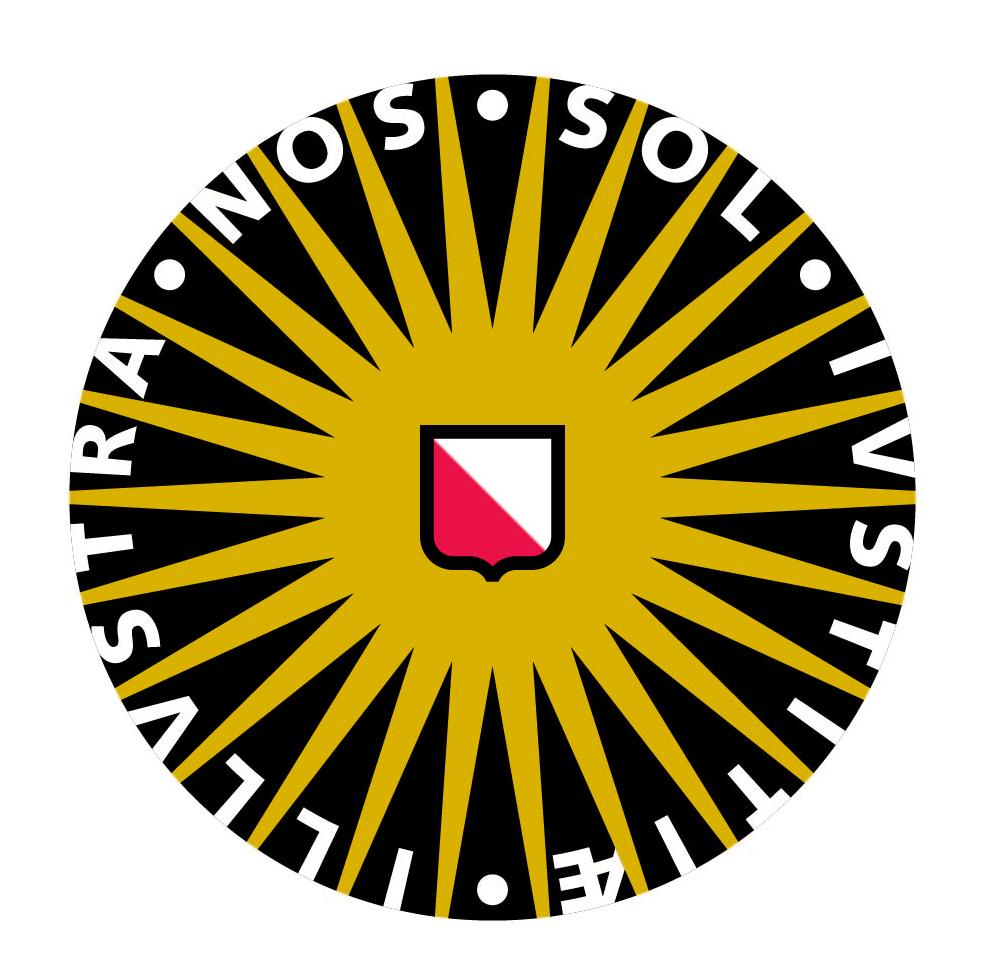

Isotopic Analysis of Methane – RHUL and Utrecht University (WP11)
The status of all (pending and closed) TNA5 requests can be viewed on the TNA5 Requests Status Page
Fill this form to express your interest in sending samples for analysis
The trans-national access offered here is the provision of methane isotope analysis to users. The InGOS infrastructure includes state-of-the-art analytical facilities for analysing methane isotopes at Royal Holloway, University of London (specialising in δ13CCH4) and at Utrecht University (specialising in D/HCH4). These facilities are both in operation, and are among a small handful of such labs worldwide capable of high precision isotopic measurement of methane at the low concentrations (<2ppm) in ambient air (as distinct from local source studies in which the air is methane-rich and the analysis less difficult).
Typical programs will include 10-50 samples each, for up to 10 international groups per year.
Isotopic Service provision of high-precision D/HCH4 and δ13CCH4 analysis. These measurements are valuable in identifying source characteristics. Utrecht and Royal Holloway can offer these analyses across the infrastructure partnership. Work will be on flask and bag samples of air from many partners in the infrastructure.
This supply of highly specialist analytical access to other partners and field groups facilitates local and regional methane source studies. Samples will be collected at measurement stations or during field campaigns by partner groups, and then shipped or posted to the analytical laboratories. Isotopic analyses will be carried out by the service labs, forming scientific partnership with collecting groups.
Analyses will be at RHUL for δ13CCH4, and at UU for D/HCH4. In some cases, flasks will be analysed at both labs for both C and D isotopes. Access will be on the basis of scientific excellence. In general, access will be planned prior to the field campaign (e.g. Arctic cruise), or on a routine basis for planned sampling. Access will also be granted ad hoc for samples collected during unusual meteorological events (e.g. 2003 French heat wave). Users will be fully informed about isotopic methodology and source implications.
By submitting a request you accept that this will carry the obligation to:
- fill in an online User Report and submit a short activity report through the InGOS website (InGOS TNA reporting), and
- fill in the online (User Questionaire at the EU website)
- acknowledge the InGOS project in any publication using the results by using the following phrase:
“The research leading to these results has received funding from the European Community’s Seventh Framework Programme (FP7/2007-2013) in the InGOS project under grant agreement n° 284274″
Carbon isotope analysis sample requirements
- Tedlar / Kynar bags of 3 or 5 litre volume
- Steel canisters – minimum 1.6 litres at >1.25 bar overpressure
- Glass flasks – minimum 2 litres at 1 bar overpressure
* Required volumes allow for measurement of CH4 mixing ratio by CRDS prior to isotopic analysis in triplicate. Isotopic analysis only is possible on smaller volumes if mixing ratios can be provided.
Shipment of bags is by far the cheapest option if postage payment by weight can be made. Maximum storage time of filled bags prior to analysis should be no more than 3 months.
RHUL can supply sampling bags if required.
Hydrogen isotope analysis sample requirements
- Steel canisters, minimum 1 litre – preferably >0.6 bar overpressure (lower pressures possible on request, please ask for information)
- Glass flasks, minimum 1 litre – preferably >0.6 bar overpressure (lower pressures possible on request, please ask for information)
- Tedlar / Kynar bags of 3 or 5 litre volume – manual analysis
Maximum storage time of filled bags prior to analysis should be no more than 3 months.
